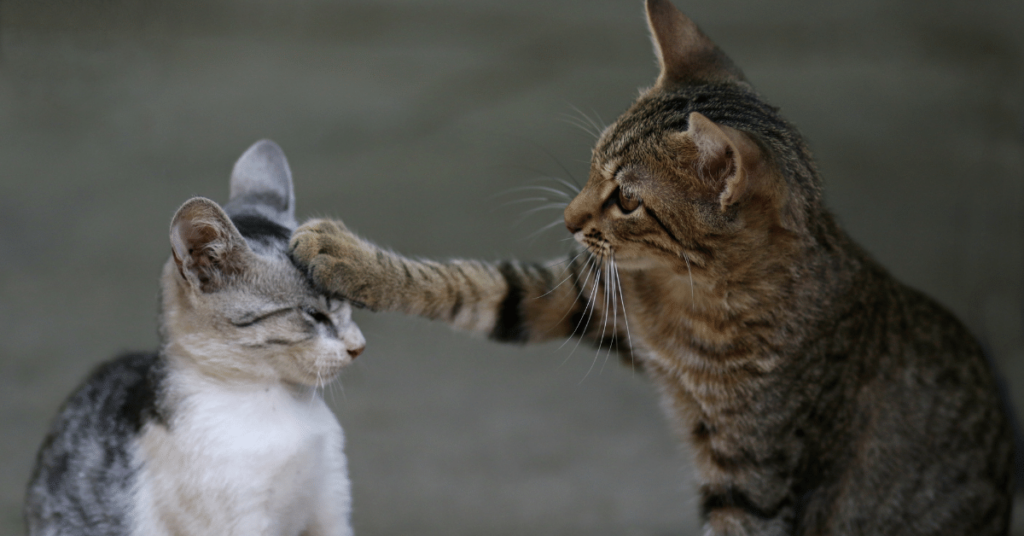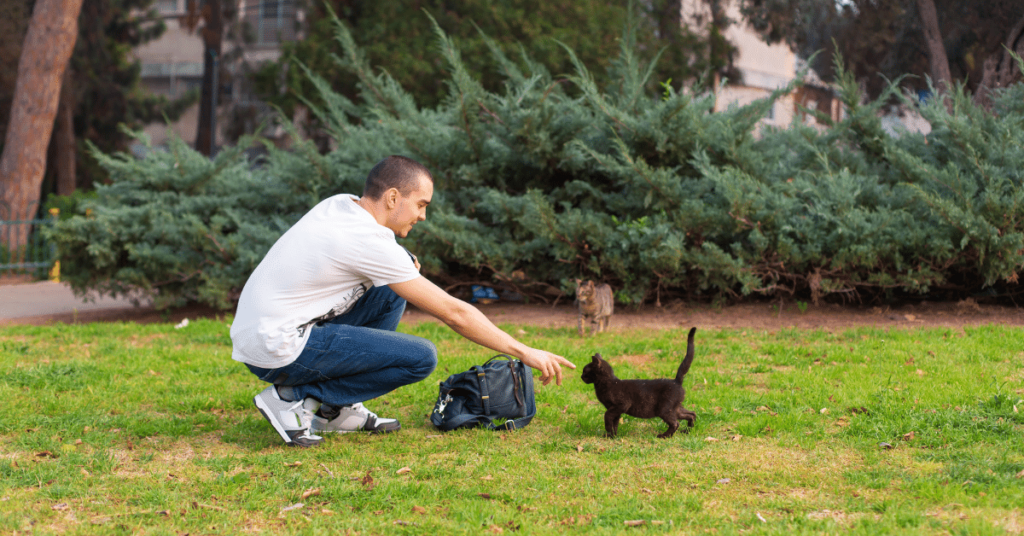Why Introducing Cats Properly is Important
Bringing a new cat into your home can be an exciting time, but it’s essential to ensure a smooth cat-to-cat introduction. Cats are territorial creatures by nature, and introducing them without proper preparation can lead to conflicts and stress for both felines involved. By following a step-by-step approach, you can increase the chances of a successful integration and foster a peaceful environment for your furry friends.
Assessing Your Current Cat’s Personality
Before considering introducing a new cat to your household, it is crucial to evaluate your current cat’s personality. This assessment will help determine whether your cat is likely to accept a new feline companion. Cats that have a history of being tolerant and social with other cats are generally more adaptable to the introduction process. However, if your cat is particularly aggressive or territorial, introducing a new cat may require more patience and careful planning.
Gradual Introduction through Scent Exchange
The first step in introducing cats is to allow them to become familiar with each other’s scents. This can be done through scent exchange. Start by swapping bedding or placing small blankets or towels in each cat’s living area. The cats will become accustomed to each other’s scent, which helps reduce anxiety during the face-to-face meeting. This exchange can be repeated over several days until both cats show no signs of stress or aggression.
Controlled Visual Contact
After a successful scent exchange, the next step is to provide controlled visual contact between the cats. This can be done by using a baby gate or a cracked door to ensure physical separation while allowing the cats to see each other. Monitor their behavior during these visual interactions, looking for signs of aggression or distress. If any negative behaviors are observed, it is essential to slow down the introduction process and continue with scent exchange until both cats are comfortable.
Mealtime Encounters
Feeding time can be an excellent opportunity to facilitate positive associations between the cats. Start by placing their food bowls on opposite sides of a closed door, ensuring they can smell each other’s presence. Gradually move the bowls closer over time, encouraging the cats to associate each other’s scent with a pleasant experience. This process can help create a positive bond, as cats generally don’t exhibit aggression while eating.
Supervised Face-to-Face Interaction
Once the cats have successfully acclimated to each other’s scents and have shown positive behaviors during visual encounters and mealtime, it’s time for a supervised face-to-face interaction. Choose a neutral territory where neither cat feels territorial, and ensure there are multiple escape routes available. Keep initial interactions short and gradually increase the duration as the cats become more comfortable with each other. Be prepared to intervene if tensions rise, and provide positive reinforcement during peaceful coexistence.
Signs of Successful Integration
As the cats spend more time together, watch for signs of successful integration. Healthy integration includes behaviors such as playing together, grooming each other, or peacefully sharing resting spaces. These positive interactions indicate that the cats are forming a bond and are comfortable in each other’s presence.
Patience and Monitoring
Introducing cats to each other can take time, and it’s essential to have patience throughout the process. Every cat is different, and some may require longer adjustment periods. Monitor their behavior closely during the integration phase, and be ready to address any signs of aggression or distress promptly. Seeking advice from a veterinarian or professional animal behaviorist can also provide valuable guidance in challenging situations.
Summary
A successful cat-to-cat introduction relies on a step-by-step approach that prioritizes scent exchange, controlled visual contact, mealtime encounters, and supervised face-to-face interaction. By following these steps, you can increase the likelihood of a harmonious relationship between your cats. Remember, patience and monitoring are key, and seeking professional guidance when needed can ensure a smooth transition and a happy multi-cat household.







